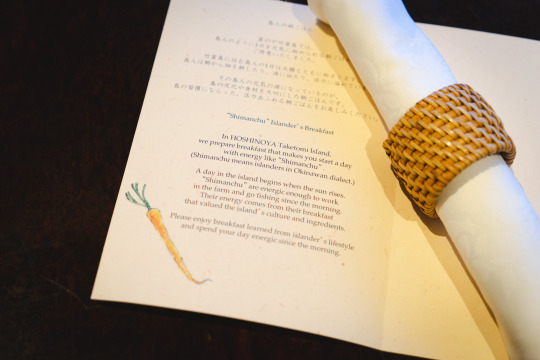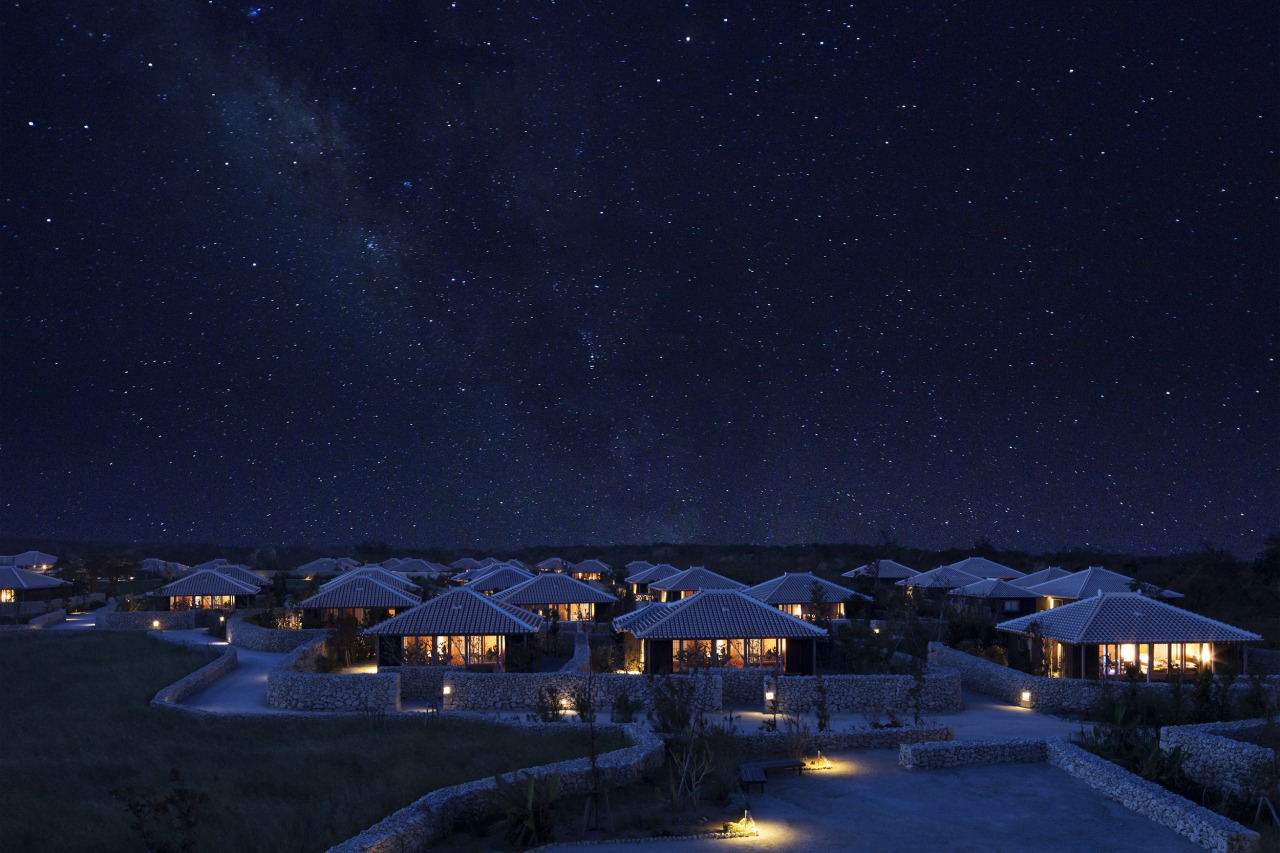#gallery-1 {
margin: auto;
}
#gallery-1 .gallery-item {
float: left;
margin-top: 10px;
text-align: center;
width: 100%;
}
#gallery-1 img {
border: 2px solid #cfcfcf;
}
#gallery-1 .gallery-caption {
margin-left: 0;
}
/* see gallery_shortcode() in wp-includes/media.php */
WELLNESS: With a Remote Island Community
2000km south of Tokyo, floating idly in the East China Sea, the far-flung Yaeyama Islands are Japan’s final frontier. Here, ancient culture meets tangled wilderness. Dusty roads wind their way past mangrove forests and fields of sugarcane. Sun-baked temples pepper a landscape thick with tropical plants and daily life rolls in time with the rhythm of the islands.
A trip to the Yaeyamas is a journey to one of Japan’s wildest corners. Once there, the tiny island of Taketomi, surrounded by coral reef and home to Japan’s best-preserved Ryukyu village invites you to join the ebb and flow of island life, where land and ritual remain unchanged for centuries.


Anchored off the south-west tip of Ishigaki, Taketomi island is just 5.4 square kilometres of sub-tropical land, formed by a coral reef rising above the waterline. Home to only 350 residents and until recently just a handful of minshuku guesthouses offering a bed for the night, Taketomi’s unspoilt landscape and historic culture have escaped the passing of time. Rare in its authenticity, environmental and cultural preservation are pivotal to the island’s future, and it was with this in mind that Taketomi’s judicious residents teamed up with Hoshino Resorts to create Japan’s most remote, and most sensitively conceived resort.


HOSHINOYA Taketomi is an island resort like no other. Built to mirror its historic neighbouring village, 48 guesthouses faithfully follow traditional Ryuku design and building techniques. Lead by architect Rie Azuma, the resort takes its lead from the ingrained lifestyles and rituals of the islanders. Each wood-framed pavilion is built to face south, with retracting glass doors that welcome the warm rays of the sun and the sea’s cooling breeze. Together with a shield of trees planted behind each guesthouse, gukku stone walls offer privacy as well as protection from the elements. White sand, made using the coral the island is built upon cover the paths and Okinawa’s unmissable shisa statues stand guard on every red-tiled roof, poised to ward off evil spirits.


Inviting guests to live as the locals do, the pace of life at HOSHINOYA Taketomi is kept consciously slow. Guests are encouraged to connect with the island – immerse themselves in their natural surroundings and learn from the local community. Many of the hotel staff have lived all their lives on the island and are eager to impart local knowledge, whilst a full schedule of events introduce guests to local foods, crafts and customs.


Despite its compact size, Taketomi has a rich farming heritage, producing an abundance of grain, fruit and vegetables. Working closely with local farmers to learn traditional methods of planting and tending to crops, the resort maintains two well-stocked kitchen gardens, giving guests a farm-to-table taste of the island. Inspired by the lifestyles of the islanders and created using locally-sourced ingredients, HOSHINOYA Taketomi’s kitchen serves breakfast, lunch and dinner menus that tap into Okinawa’s health-boosting miracle-diet.


Every detail at HOSHINOYA Taketomi has been carefully considered – designed in its entirety to meld with the fabric of the island. A success story in conscious development, Hoshino Resorts set out to create a retreat that does more good than harm. A stay at Taketomi’s ‘fourth village’ not only whisks you away from the stresses of modern living, but helps to preserve one of Japan’s last traditional communities.
Booking: Rooms from ¥54,000 a night with a two night minimum stay – visit HOSHINOYA to make your reservation.
Getting there: ANA operate daily flights between Tokyo and Ishigaki with a flight time of just over three hours. Taketomi island is reached by a 10-minte ferry crossing from nearby Ishigaki port – easily accessed by taxi or local bus.
Images: Hoshino Resorts / Alex Rebbeck for ANA

